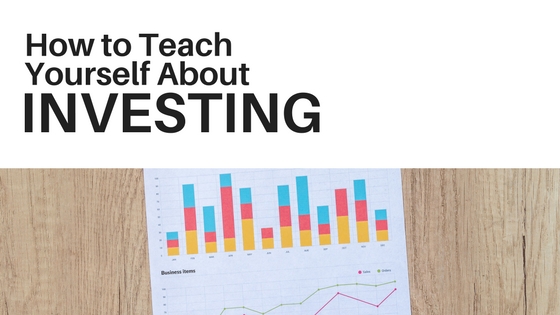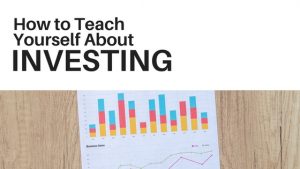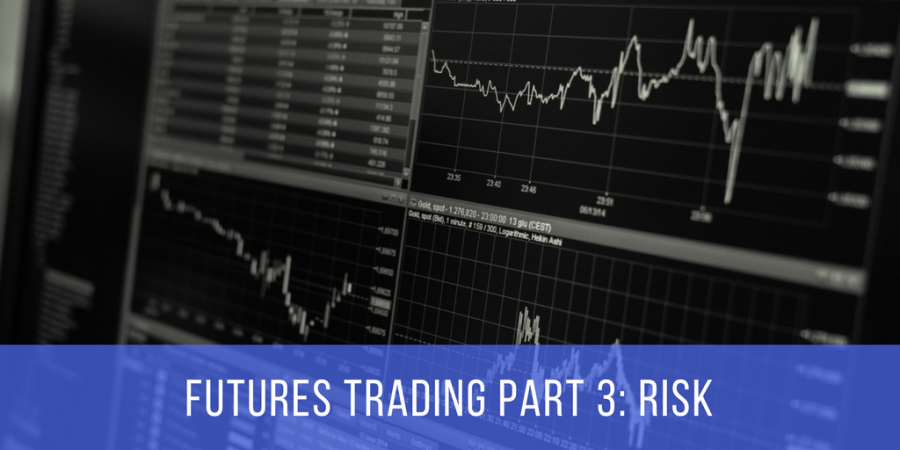Every new startup faces risks of failure, but, as an entrepreneur, it’s up to you to minimize those risks as much as possible. One way you can do this is by taking the time to understand why startups do fail. In doing so, you can take steps to avoid those common pitfalls.
Failing to Fulfill a Need
While your product might be fascinating or utilize the latest technological advances, it will gather dust on shelves if it’s not fulfilling a need. Products that solve problems in new and more efficient ways are the ones that attract consumers. Your goal should be to convince consumers that they can’t live without your product.
Failing at Providing Good Customer Service
Another weakness of new entrepreneurs is failing to recognize the importance of providing good customer service. In today’s digital world, customer experiences are instantly shared and consumed online. This creates a force for developing brand reputations over which businesses seemingly have no control. In fact, your only control over your business’ reputation is in how you promote customer satisfaction.
Failing to Hire the Right People
You can’t be present for every interaction each consumer has with your business. Instead, your own employees will collectively become the face of your business. Employees that seem uninterested or rude will lead to customer dissatisfaction and fewer consumers will visit your business. Your goal should be to hire individuals with a passion for your products or for the field of interest your business operates within. Additionally, they should be knowledgeable about your industry and passionate about performing well in their jobs.
Failing to Generate Capital
From the moment you launch your business, you’ll have to create a cycle of growth and reinvestment. This requires generating enough capital on a continuous basis to provide you with surplus cash to invest back into your business. Whether the capital is used for marketing, enhancing the business, or meeting growing customer demands, you should continue to reinvest in your business. If you’re not generating the capital to meet these demands, your business will likely fail in a very short time.
While addressing these issues won’t guarantee success, your actions can increase your chances for success. In addition to avoiding these common mistakes, you must also dedicate yourself to succeeding. While talent will take you far, perseverance has the power to take you all of the way.











